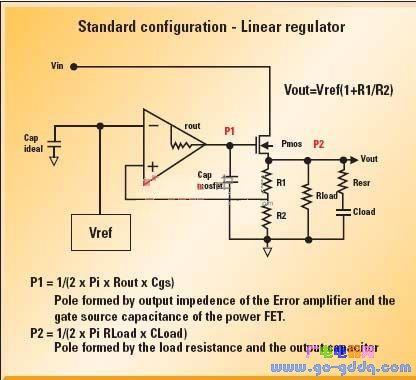LDO linear regulators are widely used by design engineers, especially during the later stages of product development. While these engineers focus on making complex baseband (BB) or radio frequency (RF) ASICs function properly, they often don’t delve deeply into the power and performance characteristics of the selected linear regulator.
When selecting a linear regulator, engineers typically refer to the main specifications listed in general performance tables. However, many critical parameters—such as ground current—are buried within the data sheet and may not be clearly presented. This can lead to confusion, as the specifications on the cover only highlight key points without considering other essential factors like temperature, load conditions, and operating ranges. The lack of standardization across manufacturers further complicates the selection process for design engineers.
Modern linear regulators come with advanced structures that address challenging design requirements. At their core, they are essentially operational amplifiers combined with a pass transistor. The op-amp uses two reference points: an internal bandgap reference and a resistor divider at the output. During regulation, the voltage from the resistor divider is compared to the bandgap reference, allowing the system to adjust the pass transistor's conduction accordingly.
This forms a closed-loop system with two dominant poles—the internal pole from the error amplifier and the external pole created by the output capacitor’s ESR and the load current. Proper handling of these poles is crucial for ensuring stability and optimal performance (see Figure 1).

Figure 1
Linear Regulator Classification
Design engineers constantly seek higher efficiency, which translates into lower quiescent current (Iq) and reduced forward voltage drop. As manufacturers improve standard performance, it often comes at the cost of other features, leading to trade-offs in overall performance.
Universal linear regulators are designed to deliver balanced performance across a wide range of applications. However, performance metrics often conflict with one another, requiring careful consideration during the design phase.
Package choices are primarily influenced by cost and market acceptance. In contrast, digital linear regulators are tailored for systems with high-performance digital cores, such as modern DSPs and microcontrollers. These devices require fast response times and higher current capabilities, making them ideal for complex, high-speed applications.
Differential Mode Ring Inductance,Differential Mode Inductor Series,Differential Mode Filter Inductor,Differential-mode choke
Xuzhou Jiuli Electronics Co., Ltd , https://www.xzjiulielectronic.com